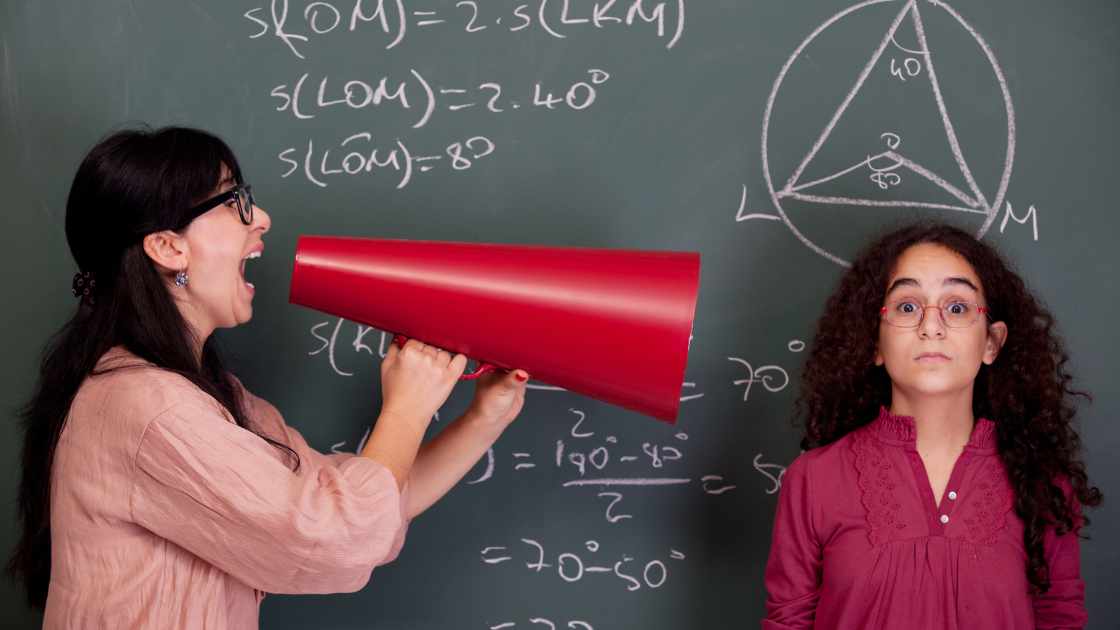“Play is the work of childhood”– Jean Piaget. For children playing is an essential part of life. It’s a crucial part of their development since its the first interactions with the world. In this article, we will summarize how autistic children play and what are the best toys for autistic children.
As a child, we played dress-up or even imagined we were astronauts setting off into the moon, but none of us played exactly the same way. We had different game preferences and styles, some liked role-playing while others enjoyed building lego cities. Along these lines, we can say the way autistic kids play is often called unusual because it’s different to what is typically seen in developing kids, however that doesn’t mean they are not playing.
Playing represents a way for children to explore the world and start learning from its interactions. There is learning, exercising, stimulation and entertainment in playing and that is no different in children with autism.
Children with autism enjoy less role playing, they can become obsessed with a particular type of toy or just one part of it and often play with objects that aren’t traditionally considered to be toys. Spinning the wheels of a toy car might seem boring to other kids but to children with autism, it can be quite entertaining. These children tend to look for the functional aspects of things and turn them into “play-time”.
Best toys for autistic children: Playing in autism
Before we give you tips on the best toys of autistic children, you have to understand the different stages in playing. Playing is a skill that has different stages of development:
- Sensory play: this includes exploring with anything around them but through their senses. Therefore they feel the need to touch, taste, sniff, rattle, etc. anything that sparks their curiosity. These things are not limited to objects, sensory play can happen with food, animals, fingers or hair.
- Exploratory play: now the child’s curiosity moves further from the senses and more to the purpose of the object. The child has now formed theories in his head what are the objects for and what are its limitations and adventures in trying to prove them right.
- Symbolic and imaginative play: this is the stage that is hardest for children with autism. In this stage the child learns to substitute one object for another and come up with a new function for the object, for example, the pen becomes the sword of the prince and the prince is now a teddy bear. This stage is also role-playing and being able to “play” with the idea of becoming someone else.
Children with autism can sometimes get stuck in a stage or delayed in development that later will change. Therefore in order to pick an autism toy, it’s important to take into account the different stages and the characteristics they might have. Read more: The importance of financial education in school years
- Sensory seekers often really enjoy sensory play and can find it hard to move on.
- Sensory avoids might not enjoy manipulating objects to discover their function.
- Exploring the functions but stuck on the details of the functions (sorting and categorizing). Hyper-focusing or easily distracted.
- Avoiding exploring because there is a fear of change and a preference for routine.
- Communication difficulties make it hard to get help if you get stuck. Rigid thinking and asseveration can prevent finding new ways to use objects.
Autism affects cognitive abilities, language skills and executive functions such as self-control and mental flexibility which can be difficult to role-play and imagination.
Wrong expectations
As adults, we have many wrong expectations of what to expect of children and their behavior.
Expectation 1. This is a toy. We have a well-defined image of what is a tool and it’s used to play with, however, when another object is used with that same function but is not defined as a toy for us we tend to think it’s not good behavior.
Expectation 2. This is fun. We have heard thousands of times that the best toys are brightly colored ones that make noise. However, as these don’t qualify as the best toys for autistic children, in fact, they might be the worst for a child with autism. Many of the commercial toys are noise-makers, smelly plastic, bumpy or textured, all of which can make a hypersensitive autistic child very overwhelmed. Other autism toys that might be stressful for easily frightened autistic children are the typical popup toys or books, or books that could fall down.
Expectation 3. This is appropriate. We give children toys we think are appropriate for their developmental stage and when they don’t play with them our alarms set off. However, we have to think, maybe they don’t find our choices engaging or they are not at that stage yet. In this stage it’s important to ask yourself:
- Is the toy fun for them?
- Is it comfortable?
- Can they identify which objects are toys?
- Do they know how to use a toy?
- Are they able to choose something to play with?
Tips for finding appropriate toys for autistic children
Keeping in mind all the aspects we have said before about playing here are some tips on the best toys for autistic children. Remember to take into account what development stage the child might be and always try to encourage without pressuring into the next stage.
Choose toys that stimulate their senses: Autistic children may have sensory problems, especially tactile. Some toys may be helpful to help them get used to tactile sensations in a safe and fun way. Some games and toys that help stimulate this are fabric books, blocks with letters on them, and toys with different shapes and textures.
Give them toys that will help them improve social interactions: It’s a good idea to show children how to cooperate and share with the help of toys, but autistic children can especially benefit from these types of interactions. In order to do this, board games can be especially helpful and can help the child interact with their family and other children. This type of game also helps teach patience and how to take turns. If they don’t learn how to handle these problems when they are young, it may affect them even more as they grow.
Choose games that help with motor skills: As we’ve already seen, painting can be really helpful for autistic children, but it’s better to use a paintbrush instead of fingerprinting because it may make them uncomfortable. Tricycles and bicycles are also helpful for developing balance.
Give them games depending on their level of autism: For children with low levels of autism, simple toys are better. If the child has a higher level of autism, it’s better for them to play with construction games, clay, etc. If the child has a clear interest in one specific topic, give them toys that are related to the topic. Be careful not to let them obsess over their interest, and make sure they do some things that are completely unrelated.
Don’t give them too many toys: Choose quality over quantity. Autistic children may feel overwhelmed by having to choose between all of the toys, which is why it’s better to only give them a few good toys.
Let them choose: let the child choose what toy they want always keeping in mind their needs and interests.
Take a chance at role-playing: Even if an imaginative play is difficult for children with autism, try to include games where kids can practice flexibility and immerse themselves into rehearsing for adult interactions. As well as, pretend-play abilities help develop self-control among children with autism.
Look online: There are a ton of stores that specialize in children with autism and can give you some advice on them. There are many different toys that are adapted to each child, so it’s better to know which toys are best for your child.
You may also like http://quiotl.com/preschool-yields-positive-outcomes-for-kids/







